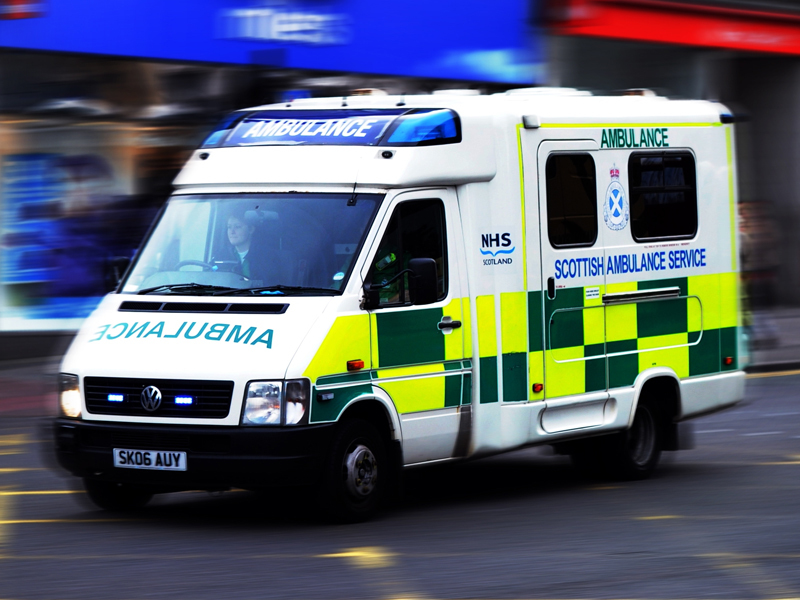Ambulance crews have maintained their average response times to the most serious life threatening calls, despite an increase of almost 10% in such incidents over the year.
The Scottish Ambulance Service (SAS) annual review revealed the average response time across the country remained at 6.5 minutes in 2013-14.
Response times in the north and north-east were within the target of responding to 75% of calls within eight minutes.
The average response time for Grampian was 7.2 minutes and for Highland 7.6 minutes.
Shetland had to slowest average time at 10 minutes, with 9.1 minutes in the Western Isles and 8.1 minutes in Orkney.
Greater Glasgow and Clyde had the fastest time of six minutes.
Overall, crews responded to 105,200 potentially-life-threatening emergencies within eight minutes, an increase of more than 8,000 on the figure for the previous year.
Over 2013-14, emergency teams answered more than 850,000 calls to control rooms and responded to more than 650,000 incidents across the country.
The air ambulance service flew 3,427 missions, up 6% on the previous year, mainly serving island and remote communities.
Crews saved the lives of some 509 heart attack patients, the annual figures showed.
More than 77,000 patients were treated by crews at scene, meaning they did not have to go to hospital.
However, the report also shows that some performance targets were narrowly missed this year.
The target to respond to 80% of cardiac arrest patients within eight minutes was not reached, with an actual figure of 77.1%.
Ambulance service chairman David Garbutt said: “Our staff recognise that the patient is at the heart of everything that we do and continue to demonstrate their dedication and commitment to patients, delivering care with sensitivity and understanding in what are sometimes very challenging situations.”
